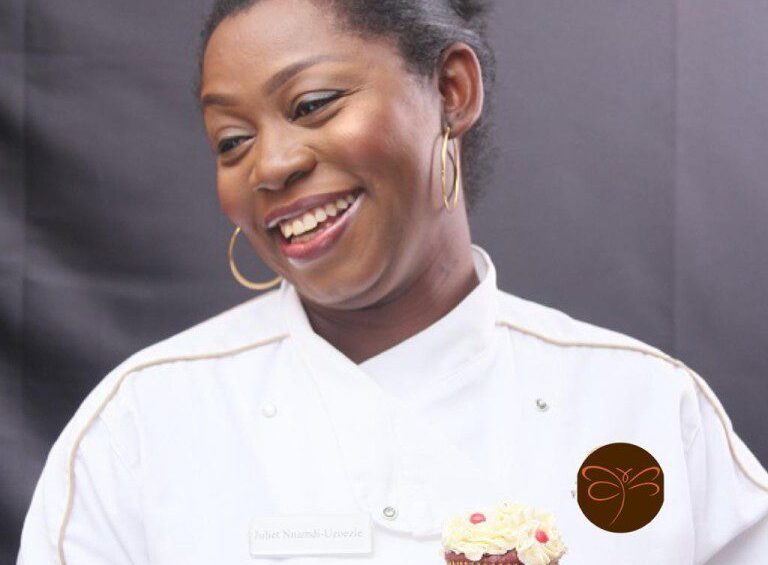In today’s interconnected world, multicultural weddings have become a celebration of diversity, bringing together traditions from different backgrounds to create a rich and unique experience. Balancing cultural traditions in these weddings is both a meaningful endeavor and a creative challenge, as couples aim to honor their distinct heritages while crafting a cohesive and joyful day. Here, we’ll explore tips and ideas on how to blend different customs beautifully, creating a wedding day that respects both sides and allows family and friends to feel valued and celebrated.
- Open Communication: The First Step to Harmony
The foundation of any successful multicultural wedding is open communication with both families. Different cultures may have varying expectations for the wedding day—from the ceremony format to attire and reception traditions. Sit down with your families to discuss any significant rituals or customs they would love to see incorporated. This not only allows you to understand the elements they value but also helps prevent misunderstandings later in the planning process.
Tip: Schedule a “tradition talk” with each family to learn about specific customs and any family-specific traditions. By gaining insight into what is most important, you can decide together how best to honor both cultures.
- Combine Key Ceremonial Elements
One of the most special aspects of a multicultural wedding is creating a ceremony that embraces the essence of both cultures. Some couples choose to have two separate ceremonies, while others opt for a blended ceremony that combines aspects from each culture.
For example, in Naija and Western weddings, you might blend the yoruba tradition of having an “alaga” (traditional MC) with the Western exchange of vows. Or, for Yoruba and ibo unions, couples may incorporate both the kolanut and the carrying of wine.
Tip: Make a list of the most meaningful elements of each cultural ceremony and explore ways to incorporate them without overwhelming the overall structure of the wedding.
- Attire: Blending Styles with Purpose
Wedding attire can be one of the most visual ways to honor each culture. In some weddings, brides and grooms choose to wear traditional attire for each culture at different times during the day, changing outfits between the ceremony and reception.
Alternatively, you might look for a single outfit that blends elements from both cultures. Grooms can also find unique ways to honor both cultures with their attire—by incorporating color, fabric, or specific items of clothing.
Tip: If you’re opting for dual outfits, be mindful of how much time you’ll need for outfit changes, as it may affect the flow of your day.
- Food and Cake: A Culinary Fusion
Food is a universal love language, and at multicultural weddings, it’s also an opportunity to showcase the flavors and styles of both heritages. Consider working with a caterer who can create a menu that blends the tastes and textures of each culture. For example, you could have hausa and Igbo food stations, a fusion of African and Caribbean flavors, or pair Nigerian and Continental dishes.
How it Affects the Wedding Cake: The cake is a wonderful canvas for representing both cultures. You might choose flavors or decorations that reflect each background. At Cakeflair, we love helping couples select unique flavors inspired by traditional ingredients or recipes from each culture. For example, a Nigerian-American wedding cake might incorporate talking drum traditional wedding cake with a tiered floral wedding cake for the white wedding. while a Naija-French union could feature flavors like tres leches and chocolate ganache.
- Music and Dance: Creating a Cross-Cultural Playlist
Music is another beautiful way to represent both heritages and bring people together. Whether it’s classical, jazz, owambe-styled juju music, salsa, or atilogun, select music that resonates with each culture and is meaningful to both families. Some couples like to alternate genres or include music that’s popular in both cultures. The dance floor can also be a place to introduce your guests to traditional dances from each culture, creating a joyous exchange that gets everyone involved.
Tip: Start the reception with one culture’s music, then alternate or blend both throughout the event. You might even consider hiring a band that can play songs in both languages or genres.
- Symbols and Decor: Meaningful Touches
Decor and symbols are essential elements that can honor both heritages. Work with your wedding planner to select decor that reflects meaningful aspects of each culture. You can also include specific symbols that speak to family heritage and tradition. For example, incorporating Chinese double-happiness symbols for luck and prosperity, or arranging floral arrangements that carry symbolic meanings from both cultures.
Consider unique ways to display these items, such as having a family table with cultural artifacts or photos from each family’s heritage. The floral arrangements, lighting, and even table settings can subtly highlight each culture’s influence, creating an environment that embraces both backgrounds.
- Language and Vows: Honoring Linguistic Traditions
If you and your partner speak different languages, incorporating both in your ceremony can be a meaningful gesture. Some couples alternate vows in each language, while others use bilingual programs for their guests.
For couples with different religious backgrounds, some choose to include readings from sacred texts or quotes in both languages, representing the blending of two faith traditions.
Tip: Don’t be afraid to ask for help in translating any readings or vows to ensure they’re true to your intentions. This can be a thoughtful way to involve family members who speak those languages.
- Personalizing Your Wedding Program
A multicultural wedding program can serve as both a guide and a cultural bridge for your guests. Many guests might be unfamiliar with certain traditions, so including descriptions of key customs, rituals, or attire elements in your program can make everyone feel included. This can also add depth to your wedding as guests gain a richer understanding of what each part represents.
- Honoring Elders and Family Members
In many cultures, honoring elders and family members is an important part of the wedding. This could be through a traditional blessing, a dedicated dance, or a symbolic gift exchange. Recognizing family members with a moment of gratitude not only pays homage to tradition but also creates a lasting connection between families.
Tip: Coordinate with family representatives to ensure you incorporate any important blessings or rituals, like the Igbo “breaking of the kolanut” or the Okpe family blessing ceremony, at times that fit seamlessly into your schedule.
- Creating a Space of Love and Respect
Above all, balancing traditions in a multicultural wedding is about love, respect, and mutual understanding. The true beauty of a multicultural wedding is in its ability to bring different worlds together, showcasing the unique elements that have shaped each family while symbolizing the future you’re building together.
Be prepared for moments of compromise, but remember that each choice reflects your shared story. Embrace the diversity, communicate openly, and keep your day’s atmosphere one of joy and inclusivity.
Final Thoughts
Planning a multicultural wedding may require some extra thought and creativity, but the result is a day that reflects your personalities, families, and shared future. At Cakeflair, we believe that a wedding cake can be a delightful way to celebrate both cultures in a single creation, uniting flavors, colors, and designs that speak to both backgrounds. We’re here to help you make your wedding day memorable and meaningful, honoring your heritage while creating new traditions as a couple.
Balancing cultural traditions isn’t just about compromise—it’s about celebrating the richness of both backgrounds, creating a wedding that’s truly unique and unforgettable.







1 Comment
Interesting post